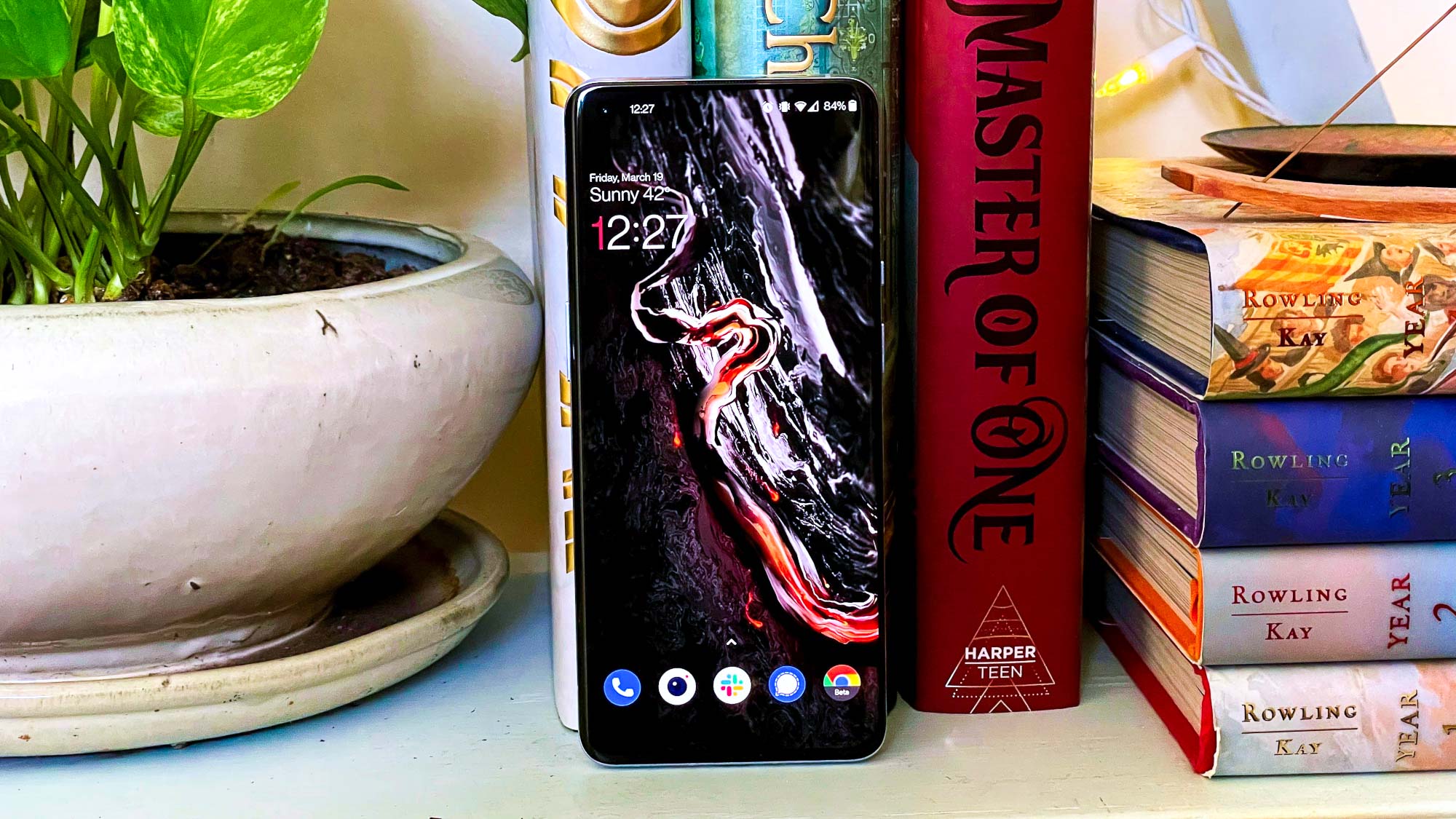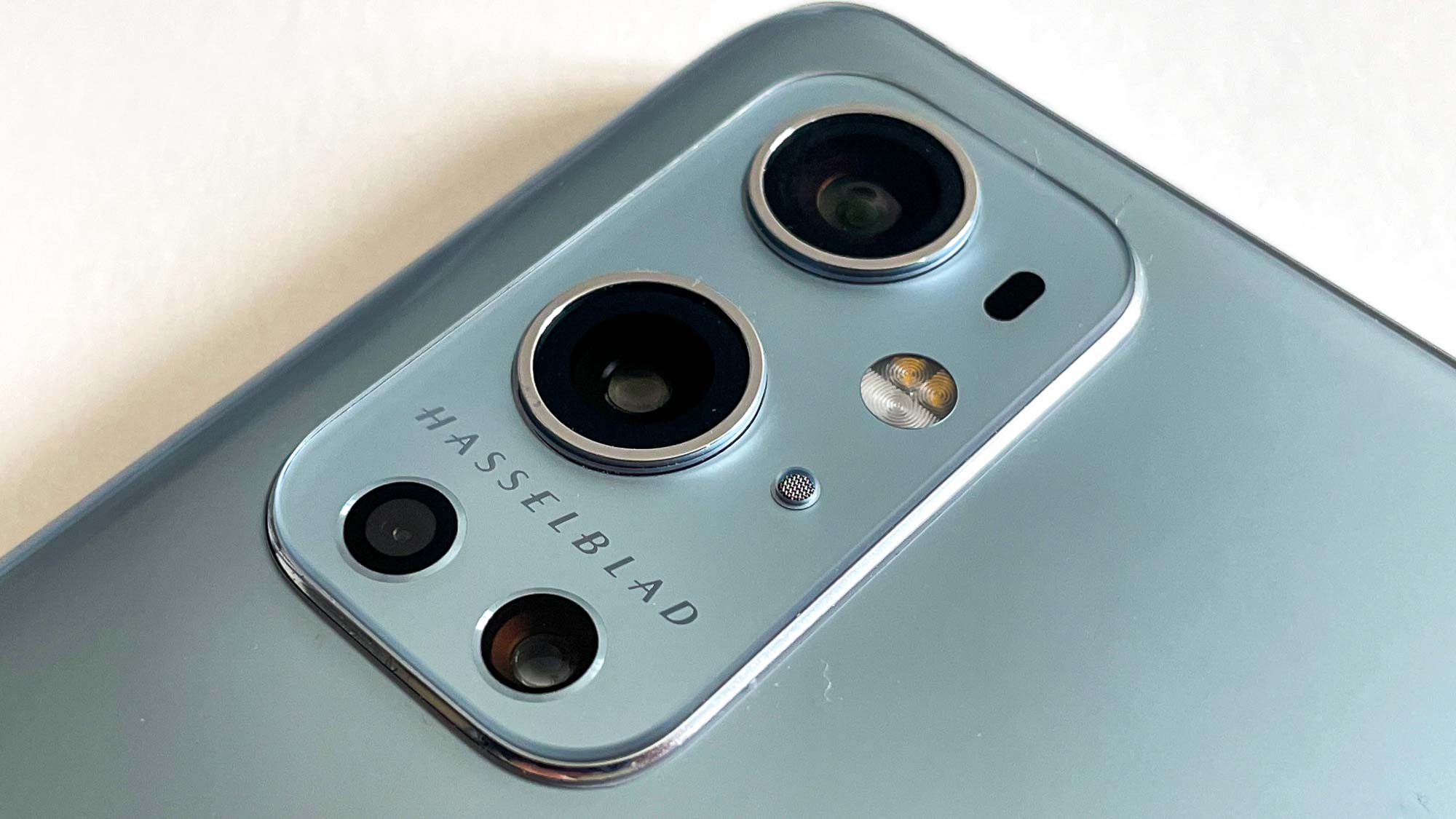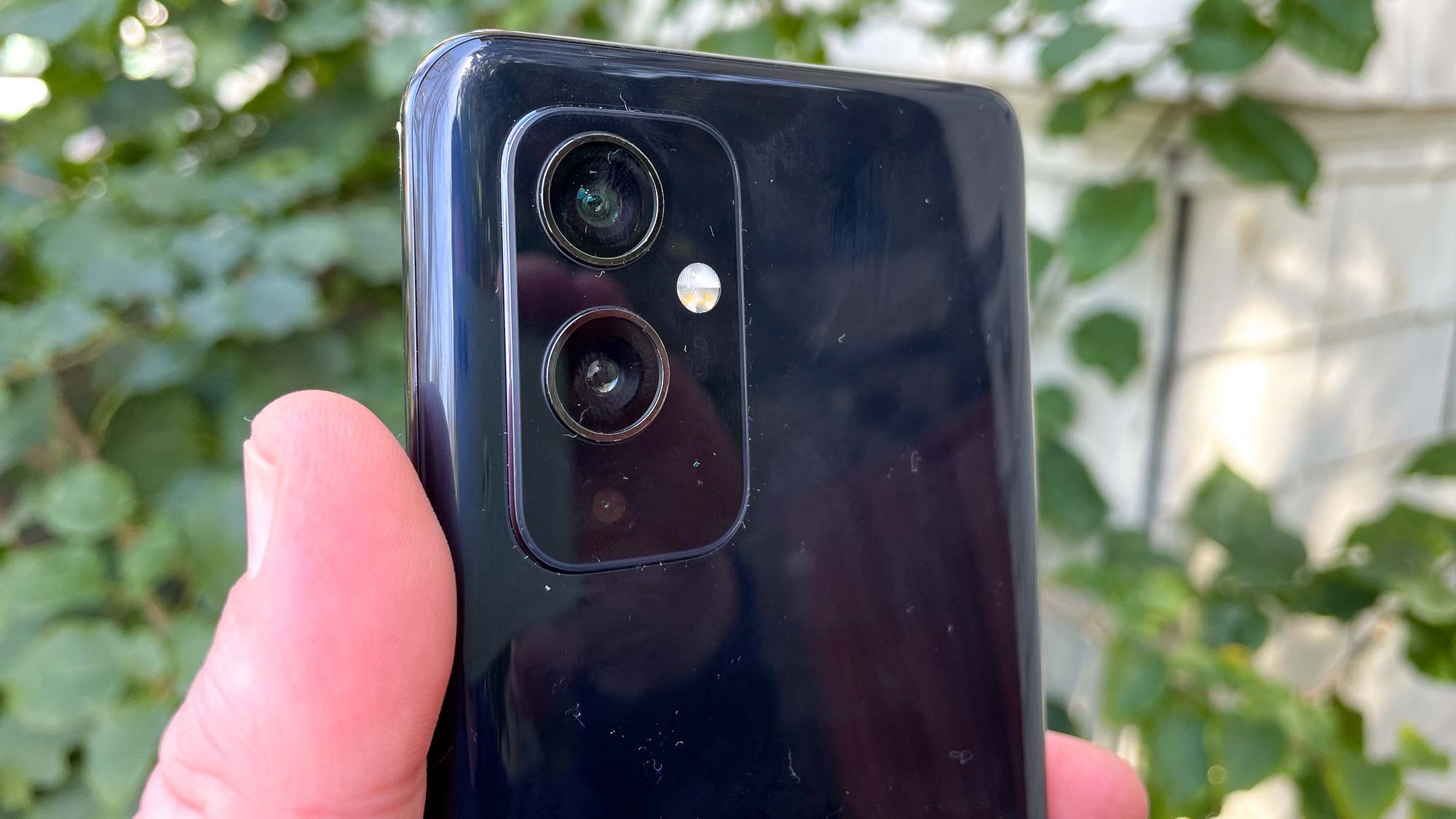OnePlus 10: Here's 6 changes we want to see
As good as the OnePlus 9 and OnePlus 9 Pro are, there's always room for more improvement

The OnePlus 9 and OnePlus 9 Pro still have that new-phone aroma, and the newly unveiled phones will not arrive in stores until April 2. But that isn't going to stop us from looking ahead to the OnePlus 10.
That may seem like jumping the gun to some — let us enjoy the new phones first, buddy! — but in the world of smartphones, you're only as good as your next release. Even if you aren't yet thinking about what OnePlus should do with its future phones, you can bet that the phone maker is.
- Best unlocked phones
- OnePlus 9 vs. OnePlus 9 Pro: What's different
As a rule, OnePlus doesn't rest on its laurels for long, rolling out a new flagship phone every six months. With the wraps coming off the OnePlus 9 series in March, that puts us on track for a new phone in the September/October time frame.
That model will likely be one of OnePlus' T phones, which tend to replicate a lot of the features introduced in the spring phone releases, but with an improvement here and a tweak or two there.
So with the OnePlus 9T likely appearing this fall and introducing some modest improvements over the OnePlus 9 and 9 Pro, the real change will come a year from now, when we get a look at the OnePlus 10.
When that phone arrives, we've already got a list of features we're hoping to see.
What the OnePlus 9 got right
OnePlus has already set a pretty high bar for its future phones with the OnePlus 9 and OnePlus 9 Pro. We've reviewed both devices, and we've come away impressed. The OnePlus 9 Pro is now the best Android phone you can buy, while the OnePlus 9 gives you an affordable alternative that only requires a few feature trade-offs.
Get instant access to breaking news, the hottest reviews, great deals and helpful tips.
Both phones feature fast-refreshing displays, with the $969 OnePlus 9 Pro able to dynamically adjust that refresh rate depending on what you're doing. The OnePlus 9 and OnePlus 9 Pro each last a long time on a charge, and OnePlus' best-in-class WarpCharge 65T technology means you'll be able to fully charge a drained battery in little more than half-an-hour. The Snapdragon 888 silicon inside both phones delivers an experience that rivals any Android device.

But it's the cameras that are the real standouts on the latest OnePlus phones. In the past, cameras have been the one weak spot with OnePlus phones — not bad, exactly, but not anywhere near the class of the best camera phones OnePlus hoped to compete with.
That's changed with the OnePlus 9 and OnePlus 9 Pro, thanks in no small part to a partnership with camera maker Hasselblad that's helped improve the look of the photos these new phones produce.
So where does OnePlus go from here? We have a few ideas.
More straightforward 5G support
The OnePlus 9 works with 5G networks — well, some 5G networks anyway. If you're using the phone on T-Mobile 5G, you're good to go, as the OnePlus 9 and 9 Pro fully support that carrier's 5G network, which is built on low- and mid-band spectrum.
But the OnePlus 9 doesn't support AT&T's 5G network, and Verizon support is up in the air. While we've been able to get a OnePlus 9 Pro connected to nationwide Verizon 5G, using the carrier's faster Ultra Wideband 5G network is out until Verizon certifies the phone. OnePlus says it's in discussions to make that happen, but as of now, the new OnePlus 9 phones only officially work with LTE on Big Red.
Some of this stems from the fact that 5G is still in its nascent stages in the U.S. A year from now, 5G networks figure to be more fully formed. If that's the case, we hope that the OnePlus 10 works with any 5G network right out of the box, just as the iPhone 12 and Galaxy S21 models do.
An official rating for water resistance
Buy the OnePlus 9 from T-Mobile, and you'll get a phone with an IP68 rating for water resistance. The unlocked version sold by OnePlus and other online retailers will not have that rating, though. (The OnePlus 9 Pro, in contrast, sports an IP68 rating no matter where you buy the phone.)
OnePlus does this as a way to keep the price of phones low — getting official water and dust resistance certification adds to a phone's cost. While that kind of compromise may have been justified in OnePlus' past days as a mid-priced startup phone maker, things are different now.
OnePlus is now on the same playing field as other top smartphone makers. If it wants to stay there, it needs to be more consistent about the features it includes with its phones.
These days, an official water-resistance rating is the price of admission for making a flagship phone. It certainly shouldn't be treated as a feature that some models will have and some models won't.
No more gimmicky camera lenses
A year ago, OnePlus was at the forefront of a rather unfortunate trend for handsets in which phone makers augmented the number of cameras on their phone by including a dedicated macro lens.
The OnePlus 8 featured a macro lens alongside its standard wide and ultrawide angle shooters. I, for one, had enough of the trend, calling on phone makers to quit putting macro lenses on their phones.
OnePlus listened to those pleas, sort of. There's no macro lens on the OnePlus 9. Instead, there's a dedicated monochrome camera, which is almost as superfluous.
I understand that telephoto lenses are expensive features and that not every phone can offer one. Including a telephoto camera also lets you distinguish your high-end phones from the base models. (The OnePlus 9 Pro, for example, features a telephoto lens alongside its main, ultrawide and — sigh — monochrome cameras.) But if OnePlus or any other phone maker doesn't feel the need to include a telephoto lens on some models, that's fine by me.
Yet the cameras that are there should be there for a purpose. If there's any reason for a monochrome or macro lens to be on a smartphone with broad appeal, I've yet to discover it. Let's keep things tight with the OnePlus 10 camera array, please.
Keep improving those cameras
As noted above, the cameras on both the OnePlus 9 and OnePlus 9 Pro are leagues above anything OnePlus has put out before. But there's still room for improvement. I noticed some color inconsistencies when testing the OnePlus 9, especially when compared to other leading camera phones.

Take this photo of a marquee outside a restaurant. The OnePlus 9's shot is all right, though you can spot a few flaws in the image — the bit of the sky in the upper left portion of the shot is overexposed, and the OnePlus struggled to keep the blue and green neon lights distinct. It's not a terrible shot, but it really doesn't stand out.

Another photo of the same sign, shot with a Pixel 4a 5G, doesn't have that problem. The sky's a vibrant blue. The neon lights stand out. While the Pixel 4a 5G uses the same camera setup as the more expensive Pixel 5, I can't shake the notion that a $499 phone took a better photo than the $729 OnePlus 9.
As much progress as OnePlus made with the photo-processing software on this round of flagships, there's more work to be done before the OnePlus 10 ships.
A less prominent camera bump
Not to fixate on the camera, but there's one aspect of OnePlus' new phones that bothered me, at least on the OnePlus 9. The camera array seems to stick out rather noticeably.
That's an issue a lot of phones face in this era of blocky camera arrays, but the OnePlus 9 seems to have a more prominent set of lenses than other phones. I haven't broken out the calipers to quantify just how much more, but I do know when I lay the OnePlus 9 down with its screen facing up, the camera wobbles. That doesn't happen with a lot of the other phones I have on hand right now.

When designing the OnePlus 10, OnePlus would do well to draw on Samsung's Galaxy S21 series for inspiration. Those new flagships use what Samsung's dubbed a "contour-cut" design in which the camera array blends into the edge of the phone for a more seamless look. It's pretty sharp, and a great way of making the camera array feel like part of the phone instead of something jutting out from the rear.
Hold the line on pricing
Phones are getting more expensive these days. No one even blinks when a flagship commands more than a $1,000. Yet there seems to be some recognition that prices have gotten a little out of hand, evidenced by the fact that both Apple and Samsung now offer cheaper versions of their respective flagships.
OnePlus has always done a good job of offering featured-packed phones for less than the competition, though its prices have inched upward. The high-end model of the OnePlus 9 Pro — the only you can pre-order at OnePlus at the moment — will run you $1,069, for example. But at least the starting prices for the OnePlus 9 and OnePlus 9 Pro are anywhere from $30 to $70 less than rival devices.
OnePlus needs to keep that up with the OnePlus 10. It won't be easy given all the capabilities the company will want to include, not to mention the ones I just demanded. But it's a challenge that OnePlus has met in the past.
Philip Michaels is a Managing Editor at Tom's Guide. He's been covering personal technology since 1999 and was in the building when Steve Jobs showed off the iPhone for the first time. He's been evaluating smartphones since that first iPhone debuted in 2007, and he's been following phone carriers and smartphone plans since 2015. He has strong opinions about Apple, the Oakland Athletics, old movies and proper butchery techniques. Follow him at @PhilipMichaels.

